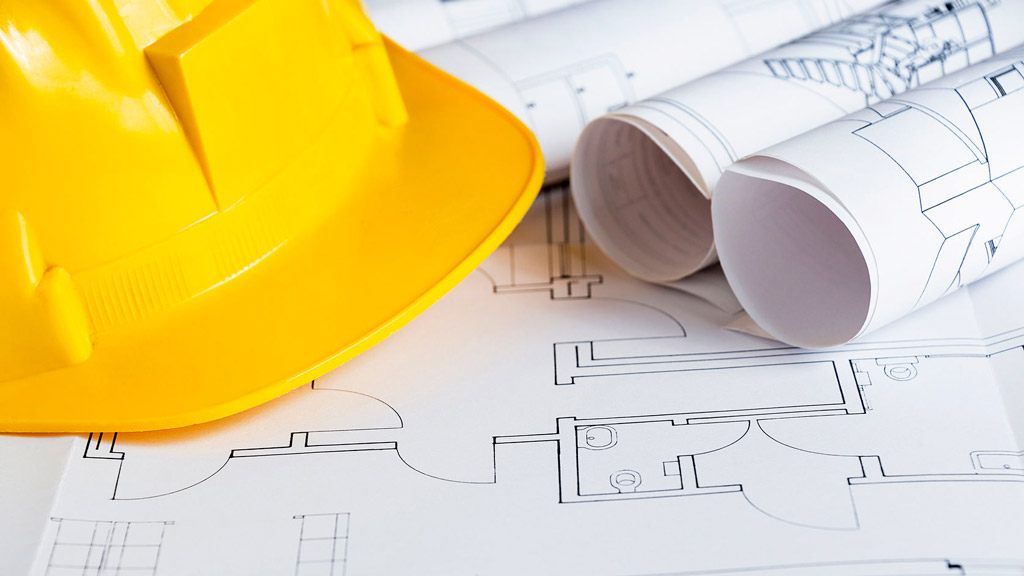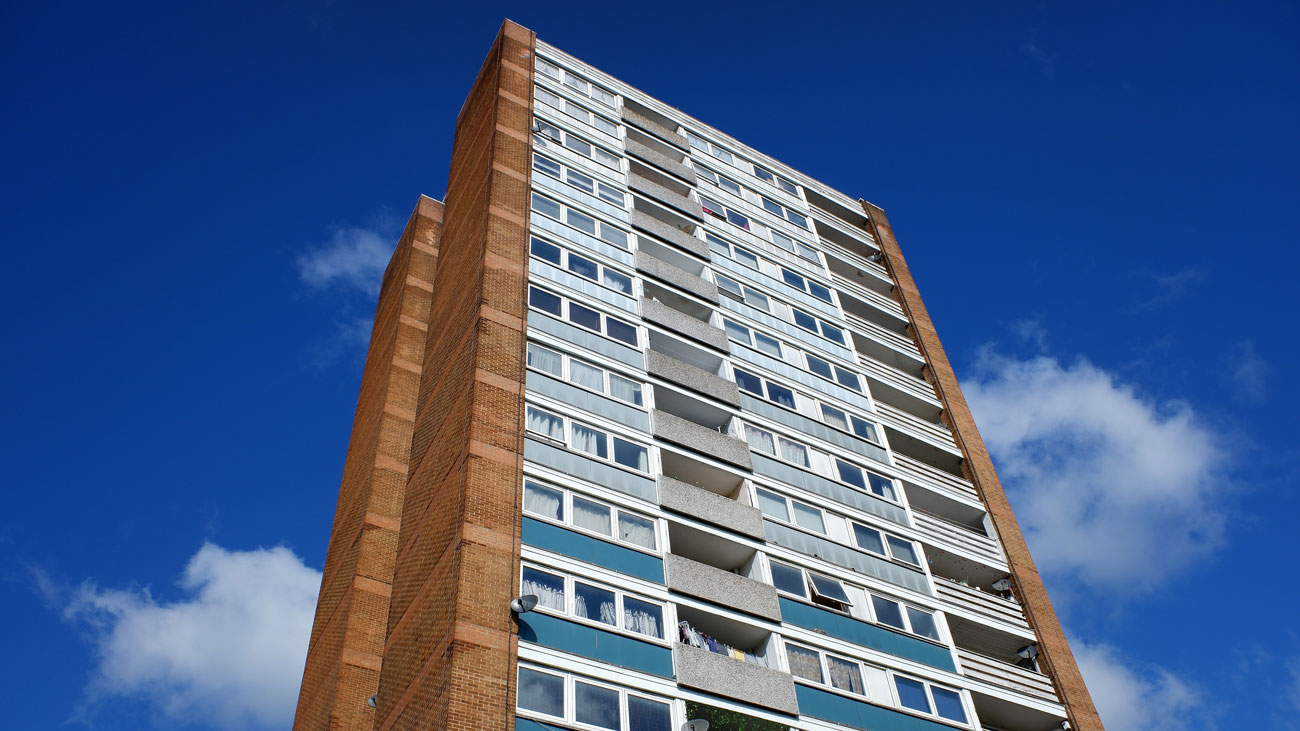
The Building Safety Regulator: a new era for building safety
The Health and Safety Executive's recent announcement of the appointment of Peter Baker as the new Chief Inspector of Buildings continues the shift toward a new era for building safety. Peter Baker's work as head of the new Building Safety Regulator will be “to deliver the new regime for high-risk buildings, oversee work to increase competence of all professionals working on buildings and ensure effective oversight of the entire building safety environment”. This, in the context of the draft Building Safety Bill announced in July 2020 and as mentioned within the Queen's Speech on 11 May 2021, continues to chart the beginning of a new era of building safety in England and Wales.
The draft Bill, which is likely to come into force in 2023, aims to both improve the existing building safety regime and introduce new measures aimed more specifically at high-rise buildings. The Bill seeks to address long-standing concerns around fire safety, quality and competence by ensuring that there is always someone responsible for keeping residents safe in high-rise buildings, from the design and construction phase right through to occupancy. Developers, landlords and building managers should act now to prepare themselves for how the new legislation is likely to affect both their buildings and their businesses.
The new Building Safety Regulator
The Bill fully establishes a new regulator, the Building Safety Regulator, who will operate as a division of the HSE with approval, enforcement and prosecutorial powers. The Building Safety Regulator will oversee the safety and standards of all buildings, directly assure the safety of 'higher-risk' buildings and improve the competence of people responsible for managing and overseeing building work.
Construction
Assuming that the Bill is enacted in its current form, the law will differentiate between buildings and 'higher-risk buildings', which are subject to higher safety and reporting obligations. Higher-risk buildings are likely to include those that are 18 metres or six storeys or more in height.
In a similar way to the CDM regulations, the Bill creates a 'duty holder' and competence regime for high-risk buildings whilst under construction. Duty holders will be required to inform the new Building Safety Regulator of any safety risks that could cause a significant risk to life. This reporting obligation will continue throughout the occupation stage of the building, ensuring responsibility is always in place from construction through to operation.
The Bill also establishes a gateway regime which is intended to ensure that safety is considered by all parties involved in the lifetime of a building's construction. Gateway one focuses on the planning stage, gateway two on construction and design and gateway three on completion of works.
The Bill will also introduce document and information production and sharing responsibilities, to ensure that there is a 'golden thread' of information running between all responsible parties.
Occupation
Once residents move into a building that falls within the scope of the new rules, the building will need to be registered with the Building Safety Regulator and a Building Assurance Certificate will need to be obtained.
An 'Accountable Person' (be it an individual such as a building owner or a corporate entity such as a management company) will need to be appointed to bear the responsibility for the safety risks relating to their building. The Accountable Person will need to undertake appropriate safety measures in respect of the building and will have a right to access residential parts of high risk buildings where necessary to monitor these safety works. This includes taking all reasonable steps to prevent the occurrence, and control the impact of, a major incident resulting from those building safety risks. The Accountable Person will have duties to listen and respond to residents' concerns and will need to record any risks and steps taken by conducting and maintaining a 'safety case risk assessment' for the building. This document is required to be produced to the regulator when applying for the Building Assurance Certificate, but the regulator will also have the power to request sight of this document should they so wish.
The Accountable Person will also need to appoint a suitably competent Building Safety Manager, whose function will be to manage the building on a day-to-day basis in accordance with the safety case risk assessment. The Building Safety Manager will also liaise with residents to ensure the building is safe.
Enforcement powers
The Bill extends the existing time limits for prosecution under sections 35 and 36 of the Building Act 1983 in relation to non-compliance with building regulations from two years to ten years.
The new regulator will also have new enforcement powers to prosecute all new offences under the draft Bill including a failure by duty holders to comply with their duties, and will have powers to issue compliance and stop notices, powers of entry and powers to replace an Accountable Person or Building Safety manager with a Special Measures Manager where they find serious failures endangering the safety of residents in the building.
Duty holders should act now to prepare themselves for the forthcoming changes and continue to monitor any changes to the Bill to ensure that they can achieve full compliance when the Bill comes into force.
Stuart Ponting is a Partner and Francesca Poole is an Associate in the Regulatory & Compliance team at Walker Morris LLP.





